Heinrichs Said The Size Of Larger Seals Usually Discourages Sharks From Attacking. “Younger Seals,

Heinrichs said the size of larger seals usually discourages sharks from attacking. “Younger seals, juveniles weighing 1,000 to 2,000 pounds, are usually considered more desirable prey, for exactly that reason,” she said. “A big bull can turn around and bite his attacker. An injured shark is effectively a dead shark.”
More Posts from Llamaslikesciencetoo and Others
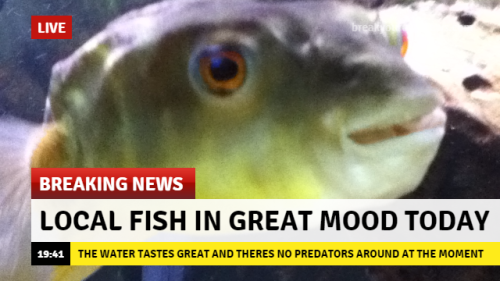

One million full length movies are stored in this vial using DNA as storage media. We’re through the looking glass people. The future is now.

Guys, this is not a drill. Antarctic scientists need you to study photos of penguins to help them figure out how climate change is affecting these stumpy little flightless birds.
Scientists from the UK have installed a series of 75 cameras near penguin territories in Antarctica and its surrounding islands to figure out what’s happening with local populations. But with each of those cameras taking hourly photos, they simply can’t get through all the adorable images without your help.
“We can’t do this work on our own,” lead researcher Tom Hart from the University of Oxford told the BBC, “and every penguin that people click on and count on the website - that’s all information that tells us what’s happening at each nest, and what’s happening over time.”
The citizen science project is pretty simple - known as PenguinWatch 2.0, all you need to do is log on, look at photos, and identify adult penguins, chicks, and eggs in each image. Each photo requires just a few clicks to identify, and you can chat about your results in the website’s ‘Discuss’ page with other volunteers.
Continue Reading.
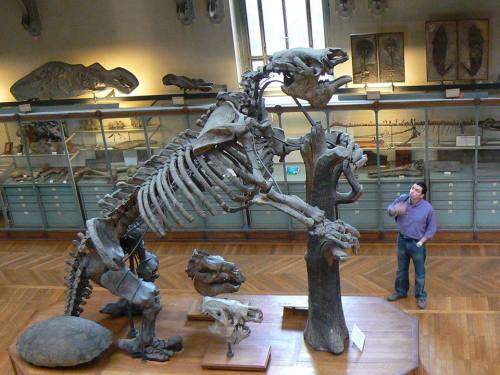
Behemoths of the ancient past…and future?
One thing that many known prehistoric creatures have in common - and the thing that most people find fearsome - is that a lot of them were huge. Everyone knows about the gigantism of T-rex, Diplodocus, and Megalodon. But there were also ground sloths the size of modern-day elephants, dragonflies the size of hawks, and cockroaches the size of domestic cats (!)
Keep reading

Microscopic tardigrades are also called water bears because of their tiny lil bear legs and tiny lil bear-like movements
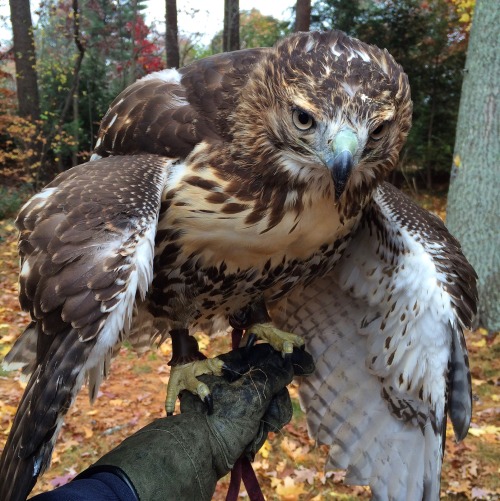
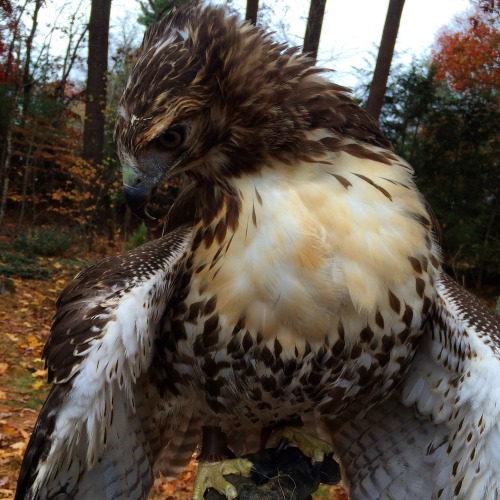
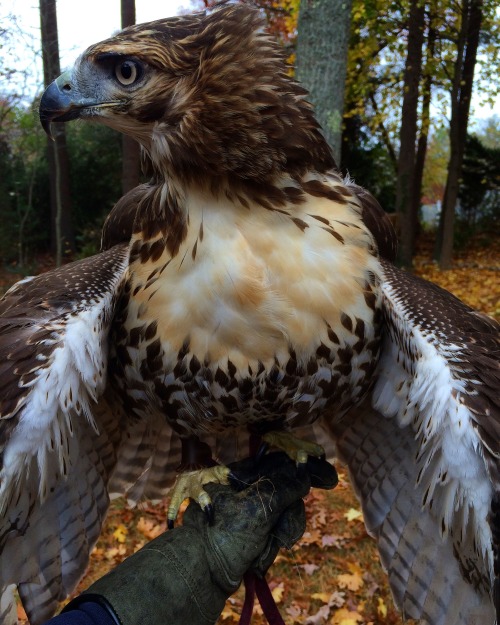
dragon 🐉





Stages of decomposition
Five general stages are used to describe the process of decomposition in vertebrate animals: Fresh, Bloat, Active and Advanced Decay, and Dry/Remains. The general stages of decomposition are coupled with two stages of chemical decomposition: autolysis and putrefaction. These two stages contribute to the chemical process of decomposition, which breaks down the main components of the body.
Fresh
The fresh stage begins immediately after the heart stops beating.[5] Since blood is no longer being pumped through the body it drains to the dependent portions of the body, under gravity, creating an overall bluish-purple discolouration termed livor mortis or, more commonly, lividity. Shortly after death, within three to six hours, the muscular tissues become rigid and incapable of relaxing which is known as rigor mortis. From the moment of death, the body begins losing heat to the surrounding environment, resulting in an overall cooling called algor mortis.
Once the heart stops, chemical changes occur within the body and result in changes in pH, causing cells to lose their structural integrity. The loss of cell structure brings about the release of cellular enzymes capable of initiating the breakdown of surrounding cells and tissues. This process is known as autolysis. Visible changes caused by decomposition are limited during the fresh stage, although autolysis may cause blisters to appear at the surface of the skin.
Oxygen present in the body is quickly depleted by the aerobic organisms found within. This creates an ideal environment for the proliferation of anaerobic organisms. Anaerobic organisms, originating in the gastrointestinal tract and respiratory system, begin to transform carbohydrates, lipids, and proteins, to yield organic acids (propionic acid, lactic acid) and gases (methane, hydrogen sulphide, ammonia). The process of microbial proliferation within a body is referred to as putrefaction and leads to the second stage of decomposition, known as bloat.
Blowflies and flesh flies are the first carrion insects to arrive, and seek a suitable oviposition site.
Bloat
The bloat stage provides the first clear visual sign that microbial proliferation is underway. In this stage, anaerobic metabolism takes place, leading to the accumulation of gases, such as hydrogen sulphide, carbon dioxide, and methane. The accumulation of gases within the bodily cavity causes the distention of the abdomen and gives a cadaver its overall bloated appearance. The gases produced also cause natural liquids and liquefying tissues to become frothy. As the pressure of the gases within the body increases, fluids are forced to escape from natural orifices, such as the nose, mouth, and anus, and enter the surrounding environment. The buildup of pressure combined with the loss of integrity of the skin may also cause the body to rupture.
Intestinal anaerobic bacteria transform haemoglobin into sulfhemoglobin and other colored pigments. The associated gases which accumulate within the body at this time aid in the transport of sulfhemoglobin throughout the body via the circulatory and lymphatic systems, giving the body an overall marbled appearance.
If insects have access, maggots hatch and begin to feed on the body’s tissues. Maggot activity, typically confined to natural orifices and masses under the skin, causes the skin to slip and hair to detach from the skin. Maggot feeding, and the accumulation of gases within the body, eventually leads to post-mortem skin ruptures which will then further allow purging of gases and fluids into the surrounding environment. Ruptures in the skin allow oxygen to re-enter the body and provide more surface area for the development of fly larvae and the activity of aerobic microorganisms. The purging of gases and fluids results in the strong distinctive odours associated with decay.
Active decay
Active decay is characterized by the period of greatest mass loss. This loss occurs as a result of both the voracious feeding of maggots and the purging of decomposition fluids into the surrounding environment. The purged fluids accumulate around the body and create a cadaver decomposition island (CDI). Liquefaction of tissues and disintegration become apparent during this time and strong odours persist. The end of active decay is signaled by the migration of maggots away from the body to pupate.
Advanced decay
Decomposition is largely inhibited during advanced decay due to the loss of readily available cadaveric material. Insect activity is also reduced during this stage. When the carcass is located on soil, the area surrounding it will show evidence of vegetation death. The CDI surrounding the carcass will display an increase in soil carbon and nutrients, such as phosphorus, potassium, calcium, and magnesium; changes in pH; and a significant increase in soil nitrogen.
Dry/remains
During the dry/remains stage, the resurgence of plant growth around the CDI may occur and is a sign that the nutrients present in the surrounding soil have not yet returned to their normal levels. All that remains of the cadaver at this stage is dry skin, cartilage, and bones, which will become dry and bleached if exposed to the elements. If all soft tissue is removed from the cadaver, it is referred to as completely skeletonized, but if only portions of the bones are exposed, it is referred to as partially skeletonised.

The intricacies involved in launching a shuttle off the ground and successfully completing its mission is no doubt a meticulous task. Every move made during a launch is calculated and deliberate, nothing is left for chance.
On that note, having watched a couple of historic shuttle launches, this peculiar behavior caught my eye: the orbiter always faced the earth! ( The orbiter is the plane part of the shuttle)
Why do shuttles orient belly up ?
Protection against space debris
Upon entering the atmosphere, most space debris burn up. But out in space, without the protective blanket of our atmosphere, the space shuttle is exposed to all sizes and shapes of space debris ( also man-made ).

The space shuttle’s belly is designed to take up intense heat and pressure so that the shuttle doesn’t fall apart when it re-enters the atmosphere, and therefore best suited for taking hits from flying space junk
The Sun
Do you remember the heat-resistant space shuttle tiles that I posted about a couple of weeks back?

Putting the spacecraft with it’s bottom to the Sun it is these heat-resistant tiles on the bottom that are most exposed to the full power of the Sun.
This keeps the astronauts safer and cooler than they would be otherwise.
To maneuver
Wait, space shuttles maneuver in flight ? Yup ! For each mission the shuttle must be launched at a certain angle in order to accomplish the prescribed task.

Since the launch pad is fixed i.e you cannot change its angular orientation, the shuttle must perform the maneuver during the ascent in order to orient itself with the trajectory.
This maneuver is known as the Roll maneuver and is performed at a point about one minute or so after the launch.

The Atlantis performing a roll maneuver
Communication
Well, I think this thought might have already crossed your mind.
The belly down position assists in communication with the ground and allows instruments within the cargo bay to be pointed back towards Earth, which is required for many of the experiments carried within the bay.

Home, Sweet Home !
The reason why the shuttle’s cargo bay faces towards the earth has some psychological benefit as well.
The crew of the crew are given the spectacular views of our home planet glorifying the magnificence of its existence, rather than staring at the cold, dark void of space that lies afar.


Humans might not be the only creatures that care about the welfare of other animals. Scientists are beginning to recognize a pattern in humpback whale behavior around the world, a seemingly intentional effort to rescue animals that are being hunted by killer whales.
Marine ecologist Robert Pitman observed a particularly dramatic example of this behavior back in 2009, while observing a pod of killer whales hunting a Weddell seal trapped on an ice floe off Antarctica. The orcas were able to successfully knock the seal off the ice, and just as they were closing in for the kill, a magnificent humpback whale suddenly rose up out of the water beneath the seal.
This was no mere accident. In order to better protect the seal, the whale placed it safely on its upturned belly to keep it out of the water. As the seal slipped down the whale’s side, the humpback appeared to use its flippers to carefully help the seal back aboard. Finally, when the coast was clear, the seal was able to safely swim off to another, more secure ice floe.
Read more
Read the study: Humpback whales interfering when mammal-eating killer whales attack other species: Mobbing behavior and interspecific altruism?


Microbiolgy & Virology flash cards i made today.
-
 kastiakbc liked this · 8 years ago
kastiakbc liked this · 8 years ago -
 denisette911 reblogged this · 8 years ago
denisette911 reblogged this · 8 years ago -
 sili33 reblogged this · 8 years ago
sili33 reblogged this · 8 years ago -
 sili33 liked this · 8 years ago
sili33 liked this · 8 years ago -
 punkpaintpic liked this · 8 years ago
punkpaintpic liked this · 8 years ago -
 llamaslikesciencetoo reblogged this · 8 years ago
llamaslikesciencetoo reblogged this · 8 years ago -
 llamafollower liked this · 8 years ago
llamafollower liked this · 8 years ago -
 todayinsharknews reblogged this · 8 years ago
todayinsharknews reblogged this · 8 years ago
Mainly interested in ecology, but also the entirety of science.
179 posts